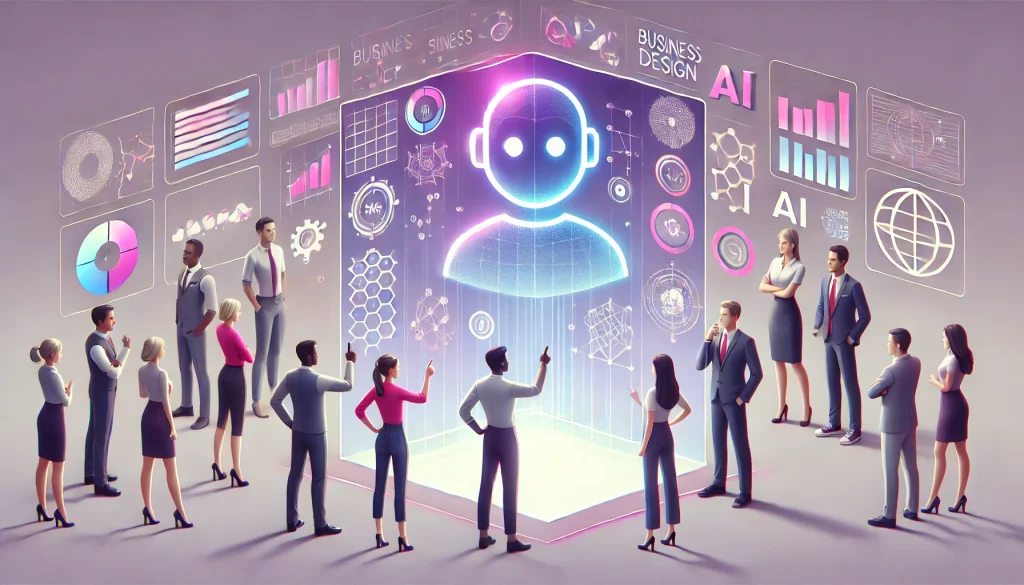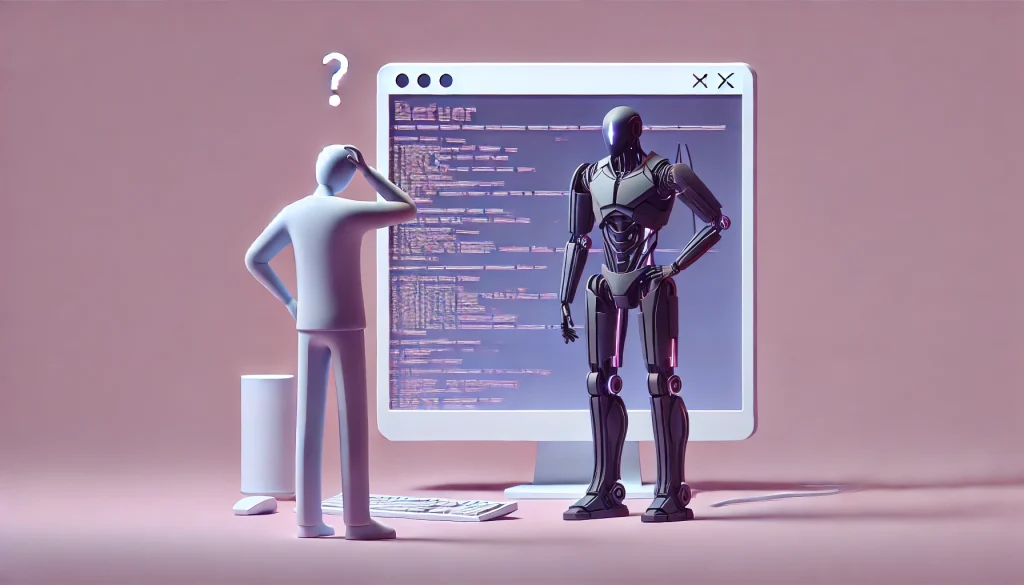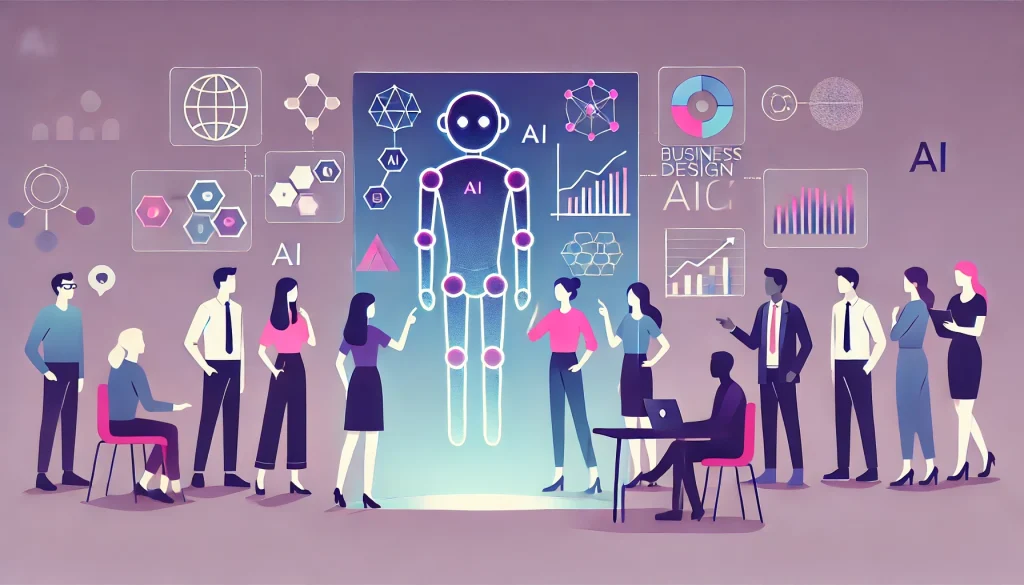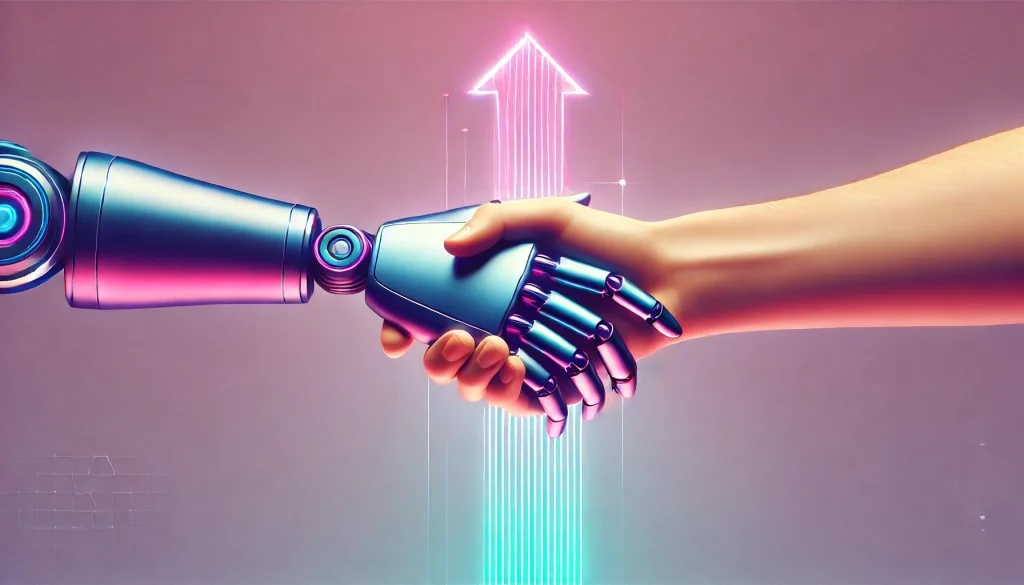
Let’s say you open Spotify on Monday morning, and there’s a perfectly curated playlist waiting for you, songs you’ve never heard but instantly love. Later that day, you try to get help from a customer service chatbot, and it feels like talking to a brick wall. Same technology, wildly different experiences.
What makes one AI feel like magic and the other like a frustrating waste of time? The answer is AI User Experience, or AI UX.
This blog isn’t about adding to the hype around artificial intelligence. Instead, we’re going to cut through the noise and explain what AI UX actually means, why it’s different from regular design work, and how it directly impacts your bottom line. Because here’s the thing: the best AI in the world is worthless if people can’t or won’t use it.
If you want the full, end-to-end treatment of AI UX across principles, explainability, voice, and metrics, you can read our master resource: The Ultimate Guide to User Experience (UX) for AI Solutions
AI UX vs. Traditional UX: What’s the Difference?

Let’s start with a simple definition: AI UX is the practice of designing how people interact with systems that can learn, adapt, and make decisions on their own.
Sounds similar to regular user experience design, right? Not quite. Here’s where things get interesting:
| Traditional UX | AI UX |
| Based on predictable, rule-based logic | Must account for probabilistic, ever-changing behavior |
| Static interface that behaves the same way every time | Dynamic interface that adapts and evolves |
| Clear cause and effect | Manages uncertainty and explains “why” |
Think of traditional UX like a well-organized filing cabinet. You know exactly where everything is, and it never moves. AI UX, on the other hand, is more like working with a colleague who learns your preferences over time but might occasionally surprise you with their suggestions.
The real challenge – and opportunity – is making this intelligent technology feel less like you’re talking to a robot and more like a genuine collaboration. When done right, AI should feel like it’s working with you, not just responding to you.
If you want to understand the foundational principles that help shape this collaboration, have a look at 5 Core Principles of Effective AI User Experience
How Does AI Change What Users Expect from an Interface?
Users today expect AI-powered tools to understand context, remember their preferences, and get smarter over time. But they also expect transparency. They want to know when they’re interacting with AI, and they need to understand why it’s making certain recommendations or decisions. Meeting these expectations is where AI UX comes into play.
From Code to Capital: How Good AI UX Drives Business Growth

Now let’s talk about what really matters to your business. Good AI UX isn’t just about making things look pretty – it’s a direct driver of revenue, efficiency, and competitive advantage.
It Builds User Trust and Drives Adoption
Here’s the uncomfortable truth: most AI systems are black boxes. Users put something in, get something out, but have no idea what happened in between. This mystery is a trust killer.
According to recent research, nearly 60% of consumers say they’re concerned about trusting AI with important decisions. Without trust, even the most sophisticated AI model will gather dust. Your users will go back to doing things the old way, manually.
Good AI UX solves this by making the invisible visible. It explains decisions, shows confidence levels, and gives users control. When people understand how and why an AI is helping them, they’re far more likely to embrace it.
If you want to go deep into practical patterns for making AI explainable and less of a black box, check out How to Design for Explainable AI (XAI)
It Increases Engagement and Customer Loyalty
Let’s go back to that Spotify example. The Discover Weekly playlist isn’t just a cool feature – it’s created a powerful habit for millions of users. People actually look forward to Monday mornings because of it. That’s the power of personalized, intuitive AI.
When your AI features genuinely make users’ lives easier or more enjoyable, they don’t just use your product – they become loyal advocates. They come back more often, spend more time engaged, and recommend you to others. That’s not just good UX; that’s a growth engine.
It Reduces Operational Costs
A well-designed AI chatbot can handle thousands of customer inquiries simultaneously, 24/7, without getting tired or frustrated. But here’s the catch: only if people actually want to use it.
A poorly designed bot that can’t understand basic questions or keeps sending people in circles? That’s worse than useless. It creates more support tickets, not fewer, as frustrated customers demand to speak to a real person.
The same principle applies to internal AI tools. An AI system that helps your sales team prioritize leads is only valuable if they trust it enough to actually follow its recommendations. Good AI UX means your AI tools actually get used, which means you see real operational improvements and cost savings.
It Creates a Moat-Like Competitive Advantage
Here’s something that might surprise you: access to powerful AI models is becoming democratized. Many businesses can now tap into similar underlying technology – whether that’s GPT-4, Claude, or other AI systems.
So what sets you apart? The experience you build around it.
Your competitors might have access to the same AI capabilities, but they can’t easily copy the thoughtful, user-centered design that makes your product a joy to use. In this new landscape, AI UX becomes your competitive moat. It’s the difference between a commodity tool and something customers genuinely value and stick with.
To make that moat defensible, you’ll also need a strong measurement strategy. We talk about specific AI UX KPIs in Key Metrics to Measure the Success of Your AI UX
When Good AI Meets Bad UX: A Recipe for Failure

Let’s talk about what happens when you get it wrong, because the consequences are real and measurable.
Product Abandonment: Users don’t have infinite patience. If your AI feature is confusing, unreliable, or more trouble than it’s worth, they’ll abandon it fast. All that development time and money? Gone.
Damaged Brand Reputation: In today’s world, a biased AI or one that makes embarrassing mistakes can go viral for all the wrong reasons. We’ve all seen the headlines about AI gone wrong. These incidents don’t just hurt the product – they damage your entire brand’s reputation.
Wasted Development Resources: Your team spent months or years building a powerful AI system. But if the user experience is poor, if people can’t figure out how to use it or don’t trust its output, you’ve essentially built an expensive piece of technology that delivers zero business value. That’s the definition of a sunk cost.
The good news? All of these problems are avoidable with thoughtful AI UX design from the start.
Ready to Build Better AI Products?

Understanding what AI UX is and why it matters is the essential first step. The next is learning how to actually implement it in your products and services.
How do you design for transparency? What metrics should you track? How do you balance personalization with privacy? These are exactly the kinds of practical questions you need answers to.
To dive deeper into the core principles, design frameworks, and metrics for success, read our Ultimate Guide to User Experience for AI Solutions. It’s your roadmap from theory to practice.
Your Questions About AI UX, Answered
What is the single most important factor for good AI UX?
Trust. Full stop. If users don’t trust the AI’s output or understand how it works, they simply won’t use it. It doesn’t matter how technically impressive your AI is or how much money you spent building it. Without trust, you have nothing.
Is AI UX only important for large tech companies?
Not at all. Any business using AI-powered features needs to think about AI UX. Whether you’re a small startup with a simple chatbot or a mid-size company using AI for product recommendations, the principles are the same. Your customers need to trust and understand your AI for it to deliver value.
Can a good UI fix a bad AI model?
No, and this is important to understand. A well-designed user interface can make a good AI model more usable and trustworthy, but it cannot fix fundamental problems. If your AI is inaccurate, biased, or based on flawed logic, no amount of good design will save it. Good AI UX requires both a solid technical foundation and thoughtful, user-centered design.
How do you measure the ROI of investing in AI UX?
The beauty of AI UX is that it’s actually quite measurable. Look at metrics like:
- Increased user adoption rates (are people actually using your AI features?)
- Higher customer satisfaction scores (NPS/CSAT)
- Reduced customer support ticket volume
- Improved conversion rates for AI-driven features
- Time saved on tasks
These metrics tie directly to revenue and cost savings, making the business case clear.
These metrics tie directly to revenue and cost savings, making the business case clear.These metrics tie directly to revenue and cost savings, making the business case clear. For an in-depth view of these metrics and how to structure them, read: Key Metrics to Measure the Success of Your AI UX
What’s the first step a business should take to improve its AI UX?
Start with user research, not design or development. Before you change anything, talk to your actual users. Understand their goals, their pain points, and how they think about the problems your AI is trying to solve. You might discover that what you thought users needed and what they actually need are two different things. This understanding is the foundation for any successful AI product.
The Bottom Line

AI UX isn’t traditional user experience design with a fancy new name. It’s a distinct discipline that addresses the unique challenges of designing for intelligent systems – systems that learn, adapt, and sometimes behave in unexpected ways.
The businesses that win in the AI era won’t necessarily be those with the most sophisticated algorithms. They’ll be the ones that make AI feel natural, trustworthy, and genuinely helpful to the humans using it. That’s not just good design philosophy – it’s smart business strategy with measurable returns.
The question isn’t whether AI will transform your industry. It’s whether your AI will be so well-designed that customers actually want to use it. That’s where AI UX makes all the difference.







